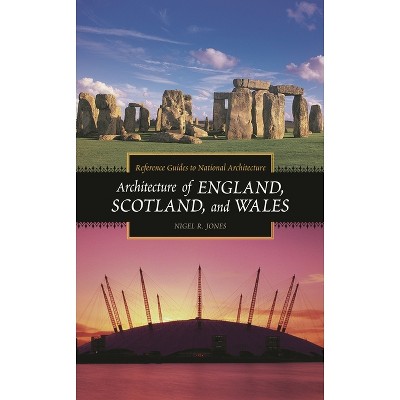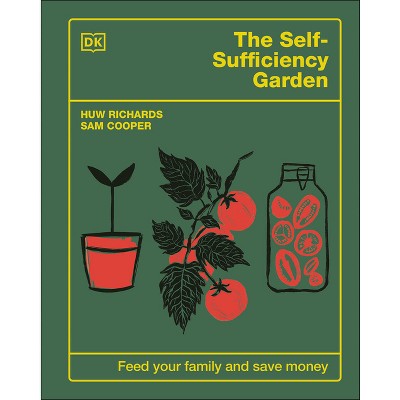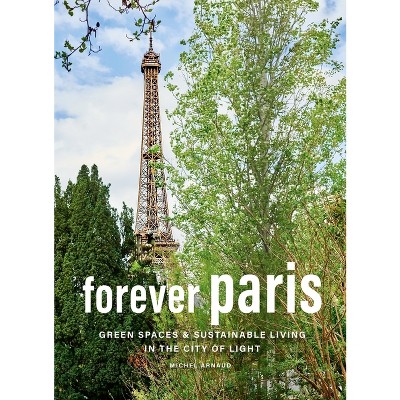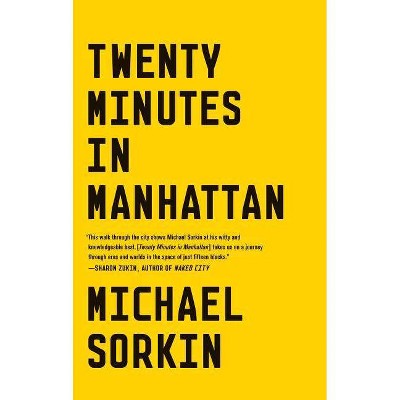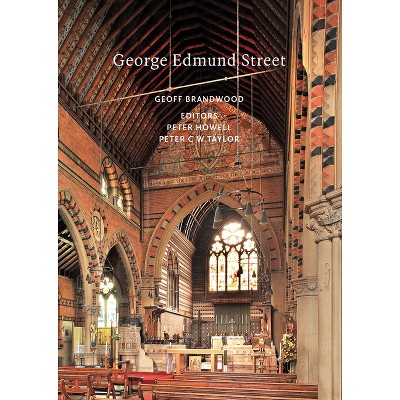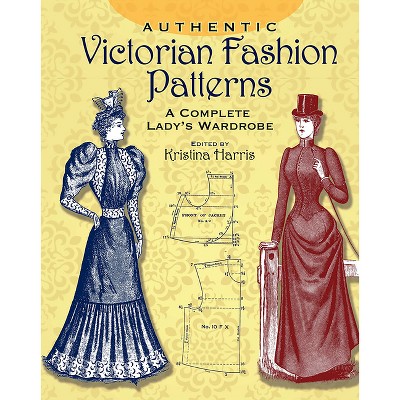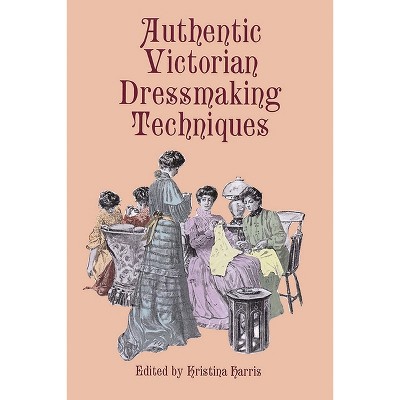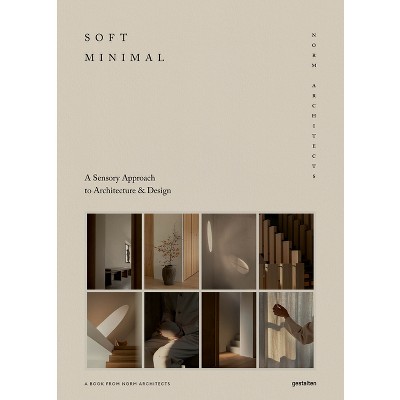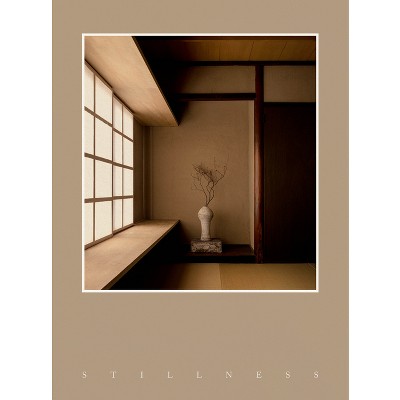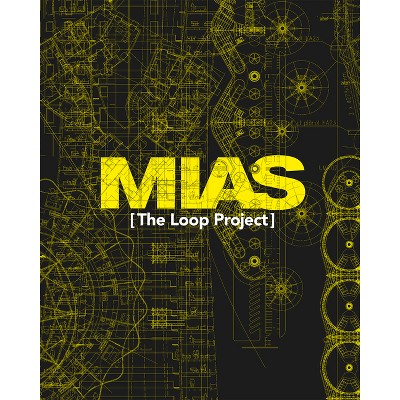Sponsored

The Rogue Goths - (Victorian Architects) by Edmund Harris (Paperback)
In Stock
Sponsored
About this item
Highlights
- Part of a generation that came to prominence in the 1860s, the 'rogue architects' are a byword for Victorian Gothic at its most wayward and flamboyant.
- Author(s): Edmund Harris
- 168 Pages
- Architecture, Individual Architects & Firms
- Series Name: Victorian Architects
Description
Book Synopsis
Part of a generation that came to prominence in the 1860s, the 'rogue architects' are a byword for Victorian Gothic at its most wayward and flamboyant. Their work ranges from town halls to country houses and from hotels to churches. It has drawn much attention, both from contemporary observers and 20th century commentators, such as Harry Goodhart-Rendel (who coined the term), Ian Nairn and John Summerson. But much about the rogues' architecture - its inspiration, their aims, why they built where and how they did and why it caused such a stir - has been poorly understood until now. Based on extensive primary research and presenting a lot of material never published before, this book presents comprehensive studies of three of rogue architecture's most important exponents - Robert Lewis Roumieu, Joseph Peacock and Bassett Keeling. Their careers, although all very different, provide valuable insights into a rich and complex episode in British architectural history. These studies are prefaced by an introductory chapter, which places them in context and looks at the numerous other architects who stand comparison with them, not only throughout Britain but also in France and America. It is handsomely illustrated with new photographs and archive material, including drawings from the RIBA Collection.
Review Quotes
'[The Rogue Goths'] work was undoubtedly rebellious and extravagant and this book shows the scope of their frenetic originality and presents a long overdue assessment of three architects whose work has not previously been taken very seriously.' Paul Holden, Historic Buildings & Places
'Harris is a meticulous scholar and it is obvious that a good part of what is presented here has been unearthed from years of archive riffling.'
Robert Bevan, Times Literary Supplement
'Those who have followed Edmund Harris's progress over recent years - notably his learned blog Less Eminent Victorians - will cheer to discover that some of his knowledge has now crystallised into a book... Harris illuminates the spectacle of Roguery as vividly as if he were Keeling's ceiling.'
Hugh Pearman, The Victorian

